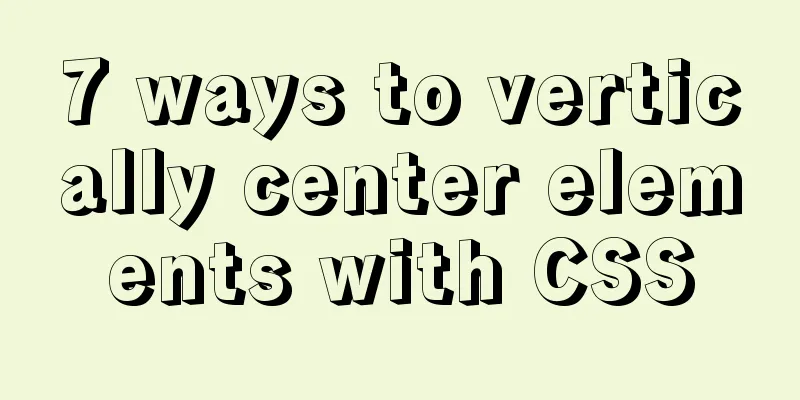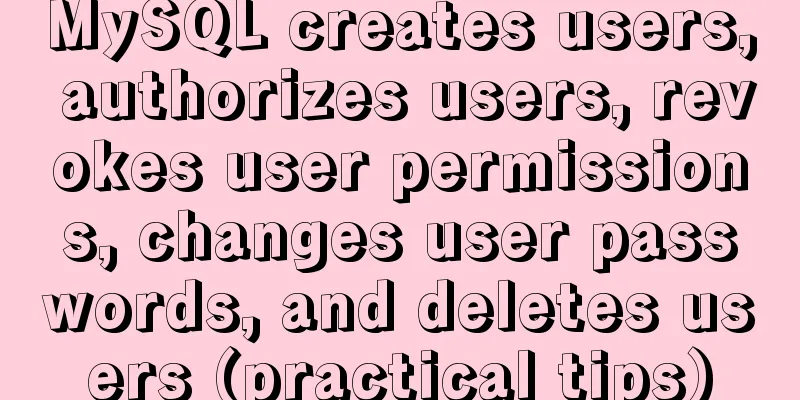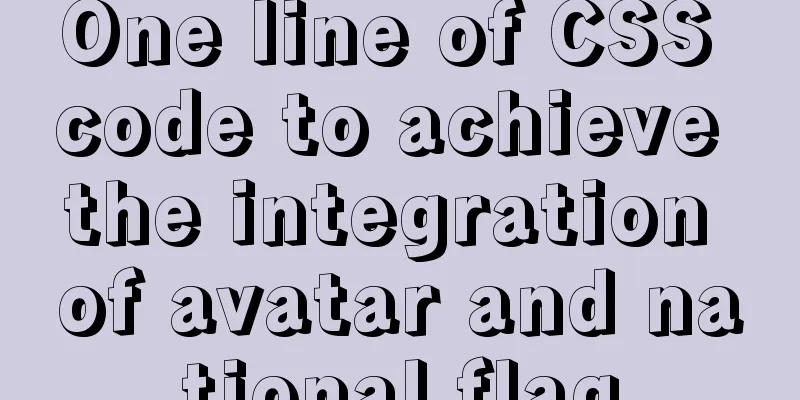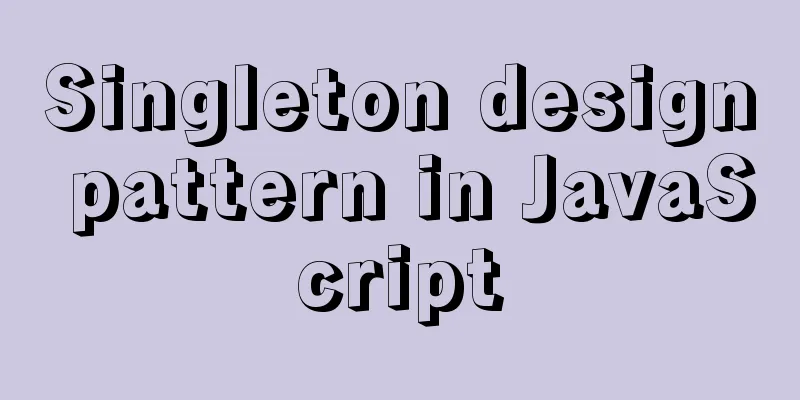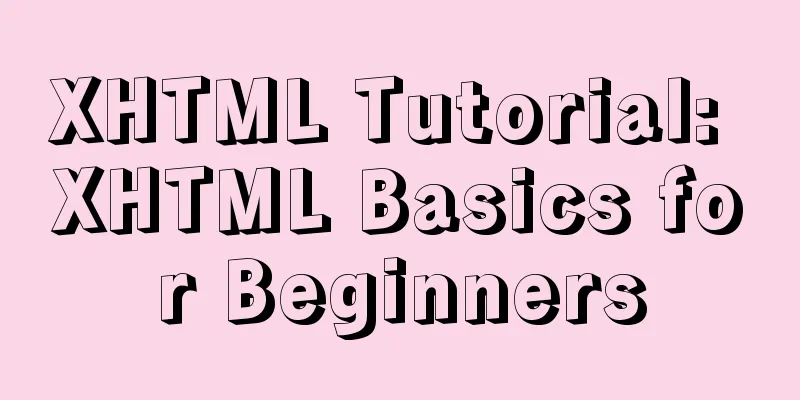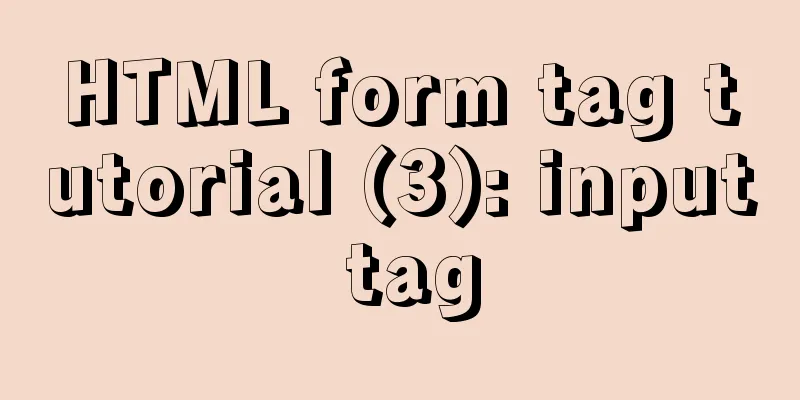Detailed explanation of the new CSS display:box property
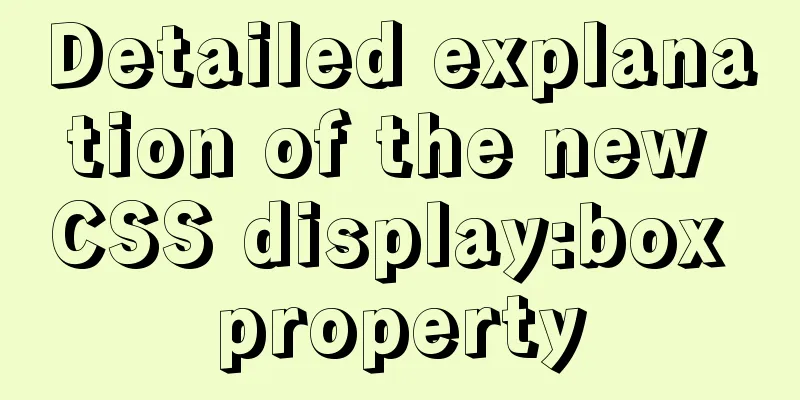
|
1. display:box; Setting this property on an element will cause its children to be arranged on the same level, similar to display:inline-block;. 2. The following properties can be set in its children Prerequisite: To use the following properties, you must set display:box in the parent; 1.box-flex:number; 1) Number of parent element widths 2) If a child element is set with a fixed width, the child element will use the fixed width, and other child elements that are not set with a fixed width will use the remaining parent width (parent - total width of child elements with fixed widths in number). 3) If the child element has a margin value, the remaining width (parent width - child fixed total width - total margin value) is number parts 2.box-orient:horizontal/vertical Setting this property on the parent will cause the children to be arranged horizontally or vertically. Note: All major browsers do not support this property and a prefix must be added. 1) horizontal arrangement, the total width of the children = the width of the parent. If the parent has a fixed width, the width set for the child will be invalid, and the child will fill the parent's width. 2) vertical arrangement, the total height of the children = the height of the parent. If the parent has a fixed height, the height set for the child will be invalid, and the child will fill the parent's height. 3.box-direction:normal/reverse Set this property on the parent to determine the order in which the children are sorted. 1) normal default value, children are arranged in HTML order 2) reverse 4.box-align:start/end/center/stretch Sets the vertical alignment of the child at the parent level. 1) Start vertical top alignment 2) end vertical bottom alignment 3) center vertical alignment 4) stretch stretches the height of the child to match the height set by the parent. The child height is invalid. 5.box-pack:start/end/center Sets the horizontal alignment of the child at the parent level. 1) Start horizontal left alignment 2) end horizontal right alignment 3) Center horizontal alignment Summarize The above is the new CSS display:box attribute that I introduced to you. I hope it will be helpful to you. If you have any questions, please leave me a message and I will reply to you in time. I would also like to thank everyone for their support of the 123WORDPRESS.COM website! |
<<: Practical tutorial on modifying MySQL character set
>>: HTML form tag tutorial (2):
Recommend
Solution to data duplication when using limit+order by in MySql paging
Table of contents summary Problem Description Ana...
MySQL optimization query_cache_limit parameter description
query_cache_limit query_cache_limit specifies the...
Java example code to generate random characters
Sample code: import java.util.Random; import java...
CSS simulates float to achieve the effect of center text surrounding the image on the left and right
What is text wrapping around images? This is the ...
MySQL database deletes duplicate data and only retains one method instance
1. Problem introduction Assume a scenario where a...
Summary of MySQL's commonly used database and table sharding solutions
Table of contents 1. Database bottleneck 2. Sub-l...
Docker creates MySQL explanation
1. Download MySQL Image Command: docker pull mysq...
Two ways to introduce svg icons in Vue
How to introduce svg icons in Vue Method 1 of int...
Application of CSS3 animation effects in activity pages
background Before we know it, a busy year is comi...
Nginx improves access speed based on gzip compression
1. Why does nginx use gzip? 1. The role of compre...
Docker container explains in detail how to simplify the image and reduce the size
Table of contents 1. Reduce the number of image l...
Linux bridge method steps to bridge two VirtualBox virtual networks
This article originated from my complaints about ...
XHTML introductory tutorial: text formatting and special characters
<br />This section introduces how to impleme...
Mac+IDEA+Tomcat configuration steps
Table of contents 1. Download 2. Installation and...
Vue uses monaco to achieve code highlighting
Using the Vue language and element components, we...
